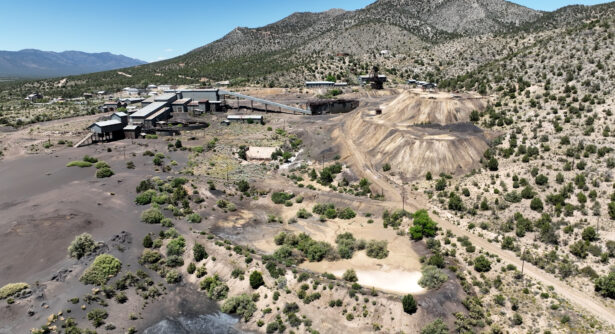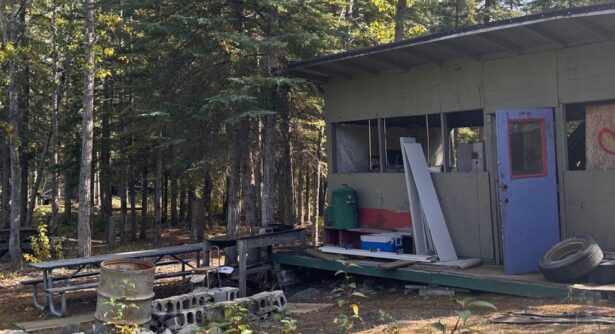
May 29, 2014
Writing a Successful Brownfield Grant
The number one question that people always ask us is: How do I successfully complete for brownfield funding? Communities and organizations often feel they have applied again and again, but just don’t get the grant. Here are a few timeless tips to get you started on the road to success.
You have the opportunity to obtain feedback from your EPA Regional staff on the strengths and weaknesses of your grant application. You can find your regional contact person by clicking this link. Be sure to act fast though as the window closes approximately 60 days after the grants are announced! Next, participate in in-person or remote funding and grant workshops. There are also in-person workshops sponsored by state and EPA staff.
Wherever you are in the process, CCLR provides peer review assistance for free. CCLR finds that our review improves the quality of an application and increases competitiveness of a grant application significantly. Visit our contact page to get in touch with us.
EPA ARC Grants
I come from a rural community and we have not been successful in obtaining assessment, remediation and revolving loan (ARC) brownfields grants from the EPA. Where could my proposals have been improved?
Please do not take your lack of success in previous attempts as a reflection of you abilities. Often, brownfields communities – both rural and urban – are unable to obtain grants for the following reasons:
- Vision and focus: A successful brownfields application will be in tune with the overall goals and plans of the community, and the greater regional context. This will be reflected in consistency with the community’s general plan, any specific plans for target area, and any regional planning and capital funding programs.
- Project/program readiness: Often, the community is less prepared than others to proceed to assessment or cleanup. There are different factors including lack of site access or lack of an overall plan for the redevelopment project or area.
- Community support: Communities need strong community and leadership support. This may be evidenced by leveraging of cash or in-kind resources from the community.
- Sustainability: Over time, applicants have learned that recycling of brownfields fits within the larger context of sustainable development as embodied by the partnership formed by the EPA with the Department of Housing and Urban Development, Department of Transportation, and many other Federal agencies. Their principles stress the Livability
- Principles: Provide more transportation, Promote equitable, affordable housing, Enhance economic competitiveness, Support existing communities, and Value communities and neighborhoods.
Finding Additional Support
If your community needs additional support in any of the areas discussed, it is important to gain community consensus on these aspects. The EPA, HUD and many states provide resources for communities to collect and analyze information to allow an informed discussion on these matters. For instance, annually, EPA offers competitive and non-competitive technical assistance grants – cash or in-kind – to gather information and convene workshops. HUD has offered competitive challenge grants to communities for the same purpose. Many states and nonprofit organizations provide technical assistance or grants for planning and implementation for the elements of sustainable development, including open space, housing and transportation. EPA also funds four Technical Assistance to Brownfields (TAB) Communities grantees that provide limited technical support, including workshops, consulting and grant application peer review.
As far as the grant proposal itself, a common mistake that is easy to fix on your own, is not answering all of the questions asked. Review your proposal with the scoring criteria in front of you to be sure that you’ve responded thoroughly for all of the points.
Consult with your EPA regional office, state environmental office, TAB regional grantee and partner Federal and state departments for technical assistance and small grants. (For the Western US, a summary of this information is provided on the Resources page for your state.) Also, seek educational opportunities, such as conferences, workshops and webinars.




